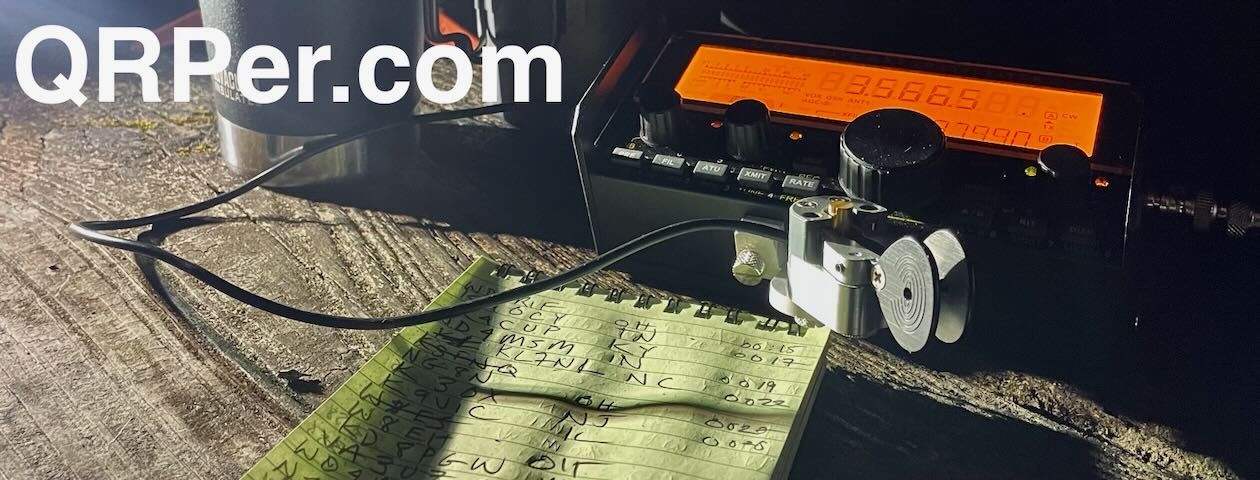Many thanks to Michael (N7CCD) for sharing the following guest post:
Flying With Ham Gear
by Michael (N7CCD)
I often get asked “how hard is it to fly with ….”, or “what does TSA say about …” as my job has me flying a fair amount throughout the year. In fact, I’m writing this now while waiting to board my flight for a week in Georgia and Alabama, after having just gone through TSA.
In a recent QRPer post by Thomas, I posted a comment about my frequent travel with ham gear and Thomas gave me a gentle “hint hint” nudge to write up my experiences on the matter. I thought this trip would be a good time to share my experiences in traveling with ham gear in my check-on baggage, as well as my carry-on baggage and my process for each. I’m always interested in learning from other’s experiences, so if you have some ideas for the good of the community, please share them in the comments below!
Before starting this article, and out of curiosity, I checked my past calendar and figured out that I passed through TSA screening about 26 times in 2022. I would say that, since starting my current role four years ago, I have at a minimum hit that number each year.
To address the main question I get about ham gear (antennas, radios, batteries, etc.) and TSA, surprisingly TSA has very little interest in any of it.
In all of my trips through the x-ray machine, TSA has never once pulled my bag out to further investigate what was inside. They have asked about my thermal camera, but never my ham gear. Full disclosure, I am TSA Pre-Check which does exclude me from having to remove laptops, iPads, etc. However, on a recent non-business trip with my wife and kids to visit family in Mexico, I wasn’t pre-check and they still didn’t care about any of my radio gear.
Since I’m limited on the amount of stuff I can physically carry on the plane, and my work gear requires me to check a bag anyway, I have divided my radio gear between what I want with me on the plane, and what I’ll just pick up when I collect my bag at baggage claim.
I have settled on a hard sided suitcase after having to replace some of my work arc flash PPE (personal protective equipment) when baggage handlers cracked my arc flash face shield. After upgrading to a hard sided suitcase, I started adding more ham equipment I would otherwise worry about getting damaged. In the image below you can see what, at this point, I’ve included in my checked bag.
From top left to bottom right: Raspberry Pi kit (more photos on that below), CWMorse paddle in a dollar store container with cable, Buddipole PowerMini, charging cradle for HT, SignalStuff mag mount for HT in rental car, hand mic for HT for use in rental car, throw line and weight, AlexLoop w/ Amazon Basics tripod, US Road Atlas
The idea behind the Pi and AlexLoop antenna is I can work HF digital no matter where I am. This is more fun than watching TV in a hotel, but also gives me digital capabilities to send emails or texts over HF if I am stranded without service of any kind. The mag mount and HT hand mic allow me to use my HT in my rental car as a mobile radio. The same SignalStuff antenna on my HT can be transferred to the mag mount easily once I step into the car. Continue reading Flying With Ham Gear and Navigating TSA






















